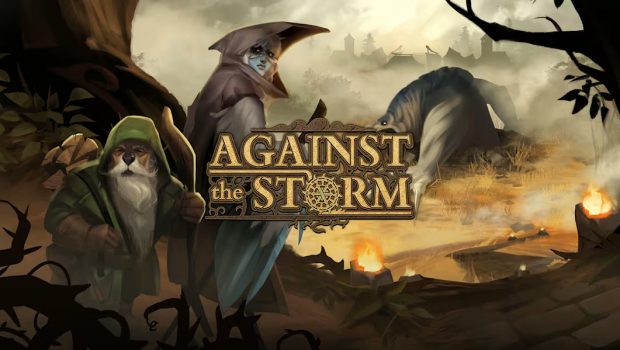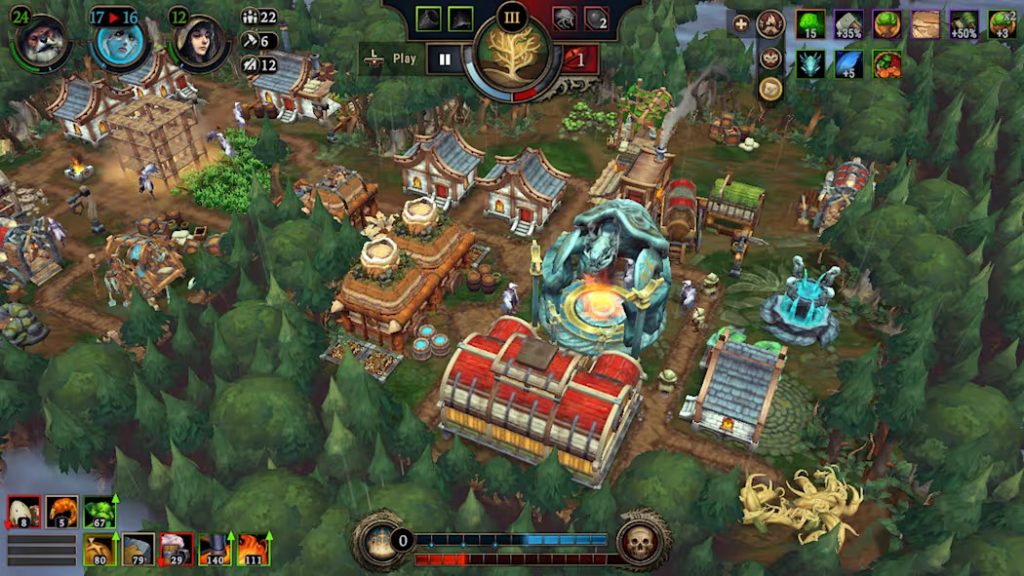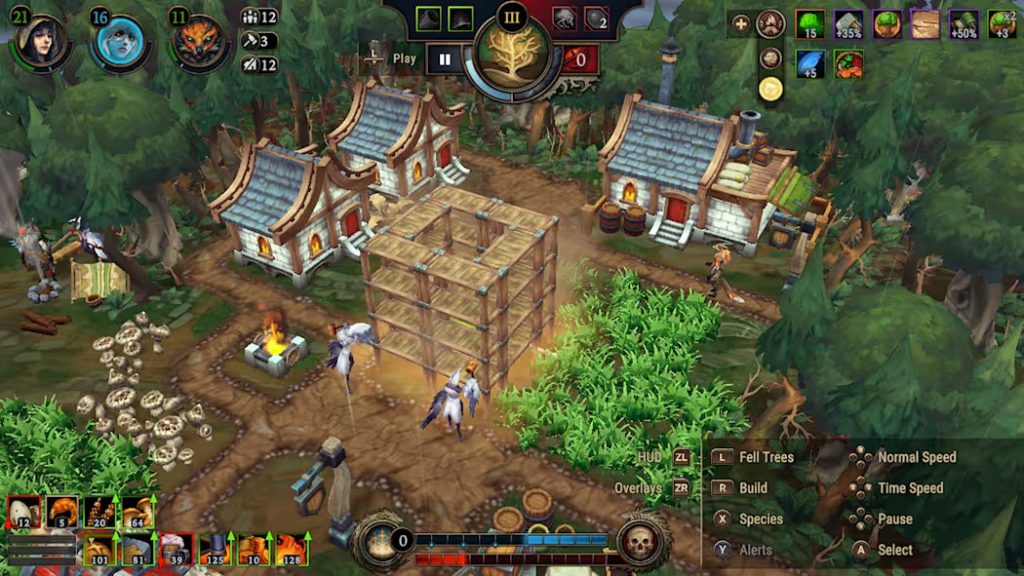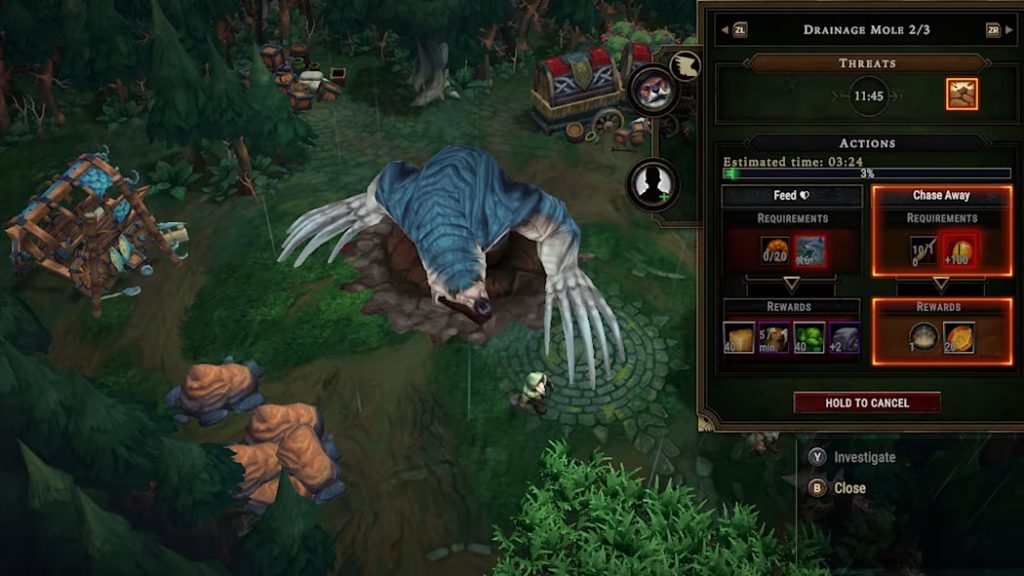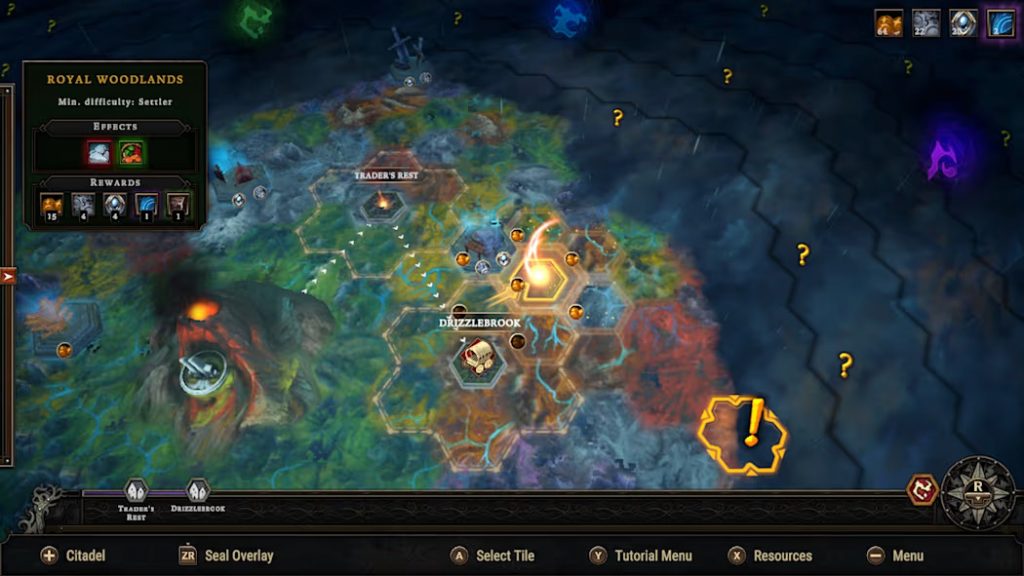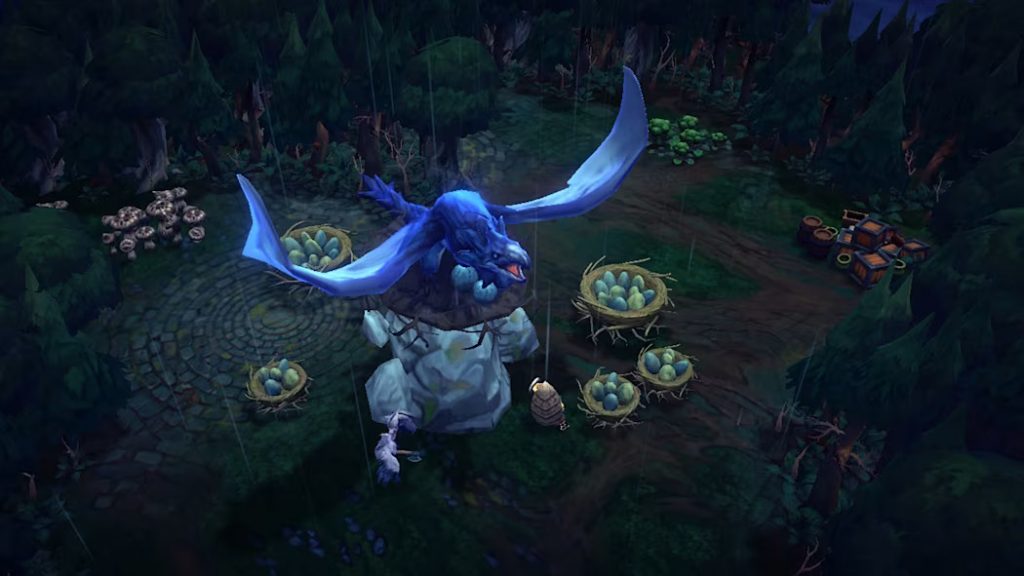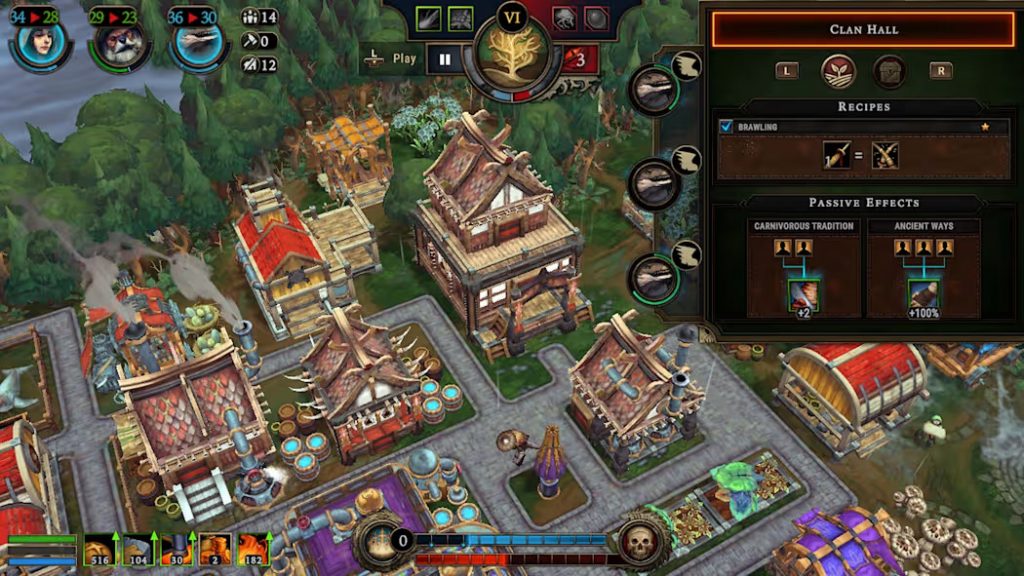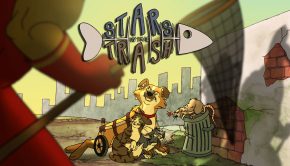Against the Storm Review (Switch)
Summary: Build, survive, repeat. Against the Storm is a dark fantasy city-builder that blends roguelike structure with deep strategy and addictive resource management. Every settlement you build is temporary, but the knowledge and upgrades you carry forward make each run feel meaningful. With dynamic weather, unique factions, and smart progression, it’s a game that constantly evolves and it’s finally on Nintendo Switch, where its pick-up-and-play loop shines.
4.5
Harsh Hearth
Few city builders make starting over feel this rewarding. Against the Storm is a dark fantasy city-builder developed by Eremite Games and published by Hooded Horse. Originally released in early access in 2021, it launched into a full 1.0 release on PC in December 2023 to widespread acclaim. It is now out on Xbox Series X, Xbox One, PS4, PS5, and Switch as of June 26th, 2025, bringing its unique blend of roguelike mechanics and strategic city-building to consoles for the first time. It’s rare for a game this complex to feel so at home on a console, especially one with limited screen space and inputs, but Against the Storm makes the leap gracefully, keeping its depth intact while taking full advantage of the Switch’s strengths.
Against the Storm is a city-builder, but it’s not the kind you might be used to. Instead of creating one massive, ever-growing settlement, you build many smaller towns, each one temporary. The world is caught in an endless supernatural storm, and you serve the enigmatic Scorched Queen by founding settlements to reclaim the land. Every town you build is a short-term puzzle: survive, gather reputation, and reforge seals before the storm consumes you again. Then you move on, taking the lessons and rewards with you. It’s a loop that reimagines the genre’s usual formula, swapping permanence for momentum and bloat for bite-sized brilliance.
This structure gives Against the Storm a rhythm most city-builders lack. Runs typically last anywhere from 45 minutes to a couple hours, but can go up to 10 hours or more depending on difficulty and playstyle, and each one feels distinct. The terrain is procedurally generated as well as your available buildings, upgrades, and bonuses. What you build and how you build it changes every time. Maybe you’re focusing on farming and luxury goods one run, and hunting and glade exploration the next. The game nudges you toward experimentation, punishes tunnel vision, and rewards quick thinking. There’s no perfect blueprint, only good instincts.
Each settlement is populated by a mix of species: humans, beavers, lizards, harpies, and foxes. Every race has different working preferences, needs, and desires. Lizards like working with fire and meat, beavers thrive in woodcutting, and harpies are efficient in cloth and alchemy. Making them happy raises morale, which boosts productivity and earns you reputation points, one of the keys to winning a run. It sounds easy to manage, but their needs conflict and the randomness the game throws at you only makes things more daunting. You may have the ingredients for one race’s luxury, but not others. Or you might not have the buildings needed to serve anyone at all. Managing these demands without falling into chaos is one of the game’s most rewarding challenges.
On Switch, these tensions are felt just as strongly. The user interface, notoriously dense in many strategy games, has been smartly redesigned to fit the smaller screen. Tabs are clear, buttons are responsive, and tooltips are just a trigger pull away. You can zoom in and out easily to manage fine details or view the broader layout of your town. Scrolling through building menus or worker assignments is smooth, and the most important alerts like fire running out, villagers loss, and impatience rising are communicated clearly. Whether docked or handheld, the experience feels intuitive and unhurried, which is a remarkable feat given how many systems are at play.
And there are a lot of systems. Glades hide both danger and treasure. Hostility increases the longer you gather resources from the forest, pushing you to balance progress with caution. Special events can be resolved in multiple ways and the way you handle them can shift the tone of your run. You’ll be managing food chains, trade routes, weather cycles, and the whims of your people, all while staring down the clock of the Queen’s Impatience. It’s a game that demands awareness and not in the way an RTS does, but in the way of a great brain teaser or riddle, but in videogame form. Staying sharp, curious, and unafraid of failure will help you learn its language.
Even when a run falls apart, you’re still making progress. Win or lose, each settlement grants resources you can spend back at the Smoldering City, your persistent hub between expeditions. There, you unlock new buildings, perks, and game mechanics. New biomes open up on the World Map, each with their own quirks: coral forests filled with aquatic hazards, marshlands with hard-to-reach resources, and barren lands that constantly test your resolve. Each step forward expands your toolkit and deepens the strategy, encouraging you to return smarter and stronger. The meta-progression is steady, satisfying, and a bit overwhelming, but always meaningful.
Visually, the game carries a striking painterly art style. The forests feel alive while mist curls through the trees, rain calmly drizzles down, and villagers huddle in cloaks by flickering fires. The character animations are full of subtle, but charming personalities and each race has a distinct silhouette and flavor that helps you manage your settlement at a glance. On Switch, this all comes through surprisingly well. There are some minor compromises in texture fidelity and shadows, but nothing that undercuts the game’s aesthetic. It runs smoothly even when your town is bustling with dozens of workers and complex production lines. Loading times are short, and I never once ran into a crash or major bug. Playing in handheld mode will give your Switch’s fan a nice workout though, due to the heavy load of carrying an entire civilization on its back.
The audio is another highlight. The soundtrack is gentle but dynamic, adjusting to the season and your actions. It grows tense as storms approach, then softens into calm during periods of peace. Sound effects reinforce the mood like the pitter patter of rain, hammers pounding, and villagers muttering under their breath which adds to the sense that this is a place with life and weight. It’s a surprisingly meditative game, even when things go wrong, and playing it with headphones in handheld mode can feel deeply immersive.
Still, there are moments of friction. The randomness that makes each run exciting can also be frustrating. Sometimes you really need a bakery or a farm to complete an order, and it just never appears. Certain missions feel out of reach if the blueprint gods aren’t on your side, but over time, you learn to adapt. The beauty of Against the Storm is that it teaches you how to pivot, to get creative with what you have rather than chasing what you don’t. The challenge lies not in executing a perfect plan, but in crafting a workable one from chaos.
It’s also worth emphasizing how well the game fits into the Switch’s strengths. The loop-based structure is ideal for on-the-go play. You can knock out a glade or optimize a resource chain in a few spare minutes, then suspend your session without worry. The game autosaves each storm and the resume process is seamless. Unlike many complex strategy games that feel demanding or draining on console, this one invites you to relax into its systems. Whether you’re docked on a TV or curled up in handheld mode, the Switch version gives you the full experience without compromise.
Final Thoughts?
Ultimately, Against the Storm succeeds because it is full of confidence with its vision and it embraces its concept without hesitation or weak underdeveloped design choices. It trims the fat, focuses on the moment-to-moment thrill of problem-solving, and keeps you moving forward. It’s thoughtful without being overbearing, rich without being bloated, and endlessly replayable without losing its sense of identity. Few games blend atmosphere, mechanics, and challenge this elegantly and fewer still feel this good on a handheld.
Newcomers might be overwhelmed by the amount of menus and things to keep track of right off the bat, but If you love city-builders and want something with more urgency, this is an easy recommendation, especially if you are looking for something in this genre that is more fantasy based. Unlike a lot of city-builders out there, Against the Storm doesn’t ask you to build forever, it asks you to survive now with what you’ve got, and to do it efficiently. In a genre often obsessed with size and scale, it finds joy in restraint and in moment-to-moment ingenuity. On Switch or anywhere else, it’s one of the best strategy games of the decade.


